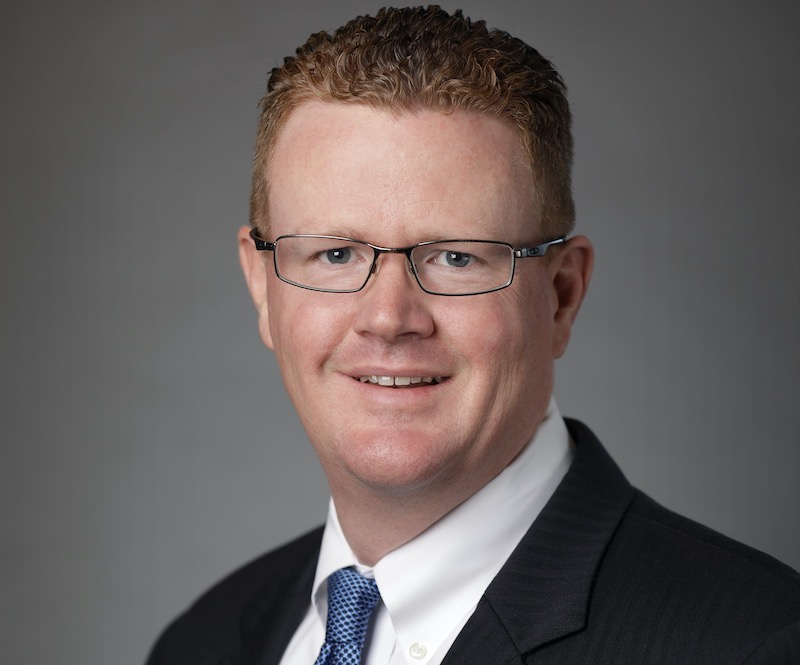Clarice Turner: Almond Growers Dig In to Find What the Best Practices Are
There is a Halo that Surrounds Almonds
By Patrick Cavanaugh, with the Ag Information Radio Network
Clarice Turner, a ninth-generation California farming family will take the reins of the Almond Board of California at the end of this month, after Richard Waycott steps down after 21 years.
Turner comments on how she prepared for this job, traveling throughout the state in listening sessions with growers and others in the industry. “It’s interesting as I talk to people outside the industry, you realize the halo that almonds have, and how we are so revered as being the leading edge in so many things. And talking to growers you hear that reinforced from people who want to be 100 percent organic to biodynamic,” said Turner.
“Growers told me that they have been farming the same ground for four generations and we have been taking care of the soil, and it is not certified to do any of that, but we know what we know because we have generations to protect. We want to hand this down to our families that will come beyond us,” noted Turner. “So, their care and stewardship are there and they want to dig in to find out what the best practices are.”
And Turner credited almond growers with something very special regarding bees. “This was astounding to me when you think about bees, 86 percent of the bee-friendly certified farms are almond orchards. It’s incredible, all the things that are already happening because it’s the right thing,” she said.



















